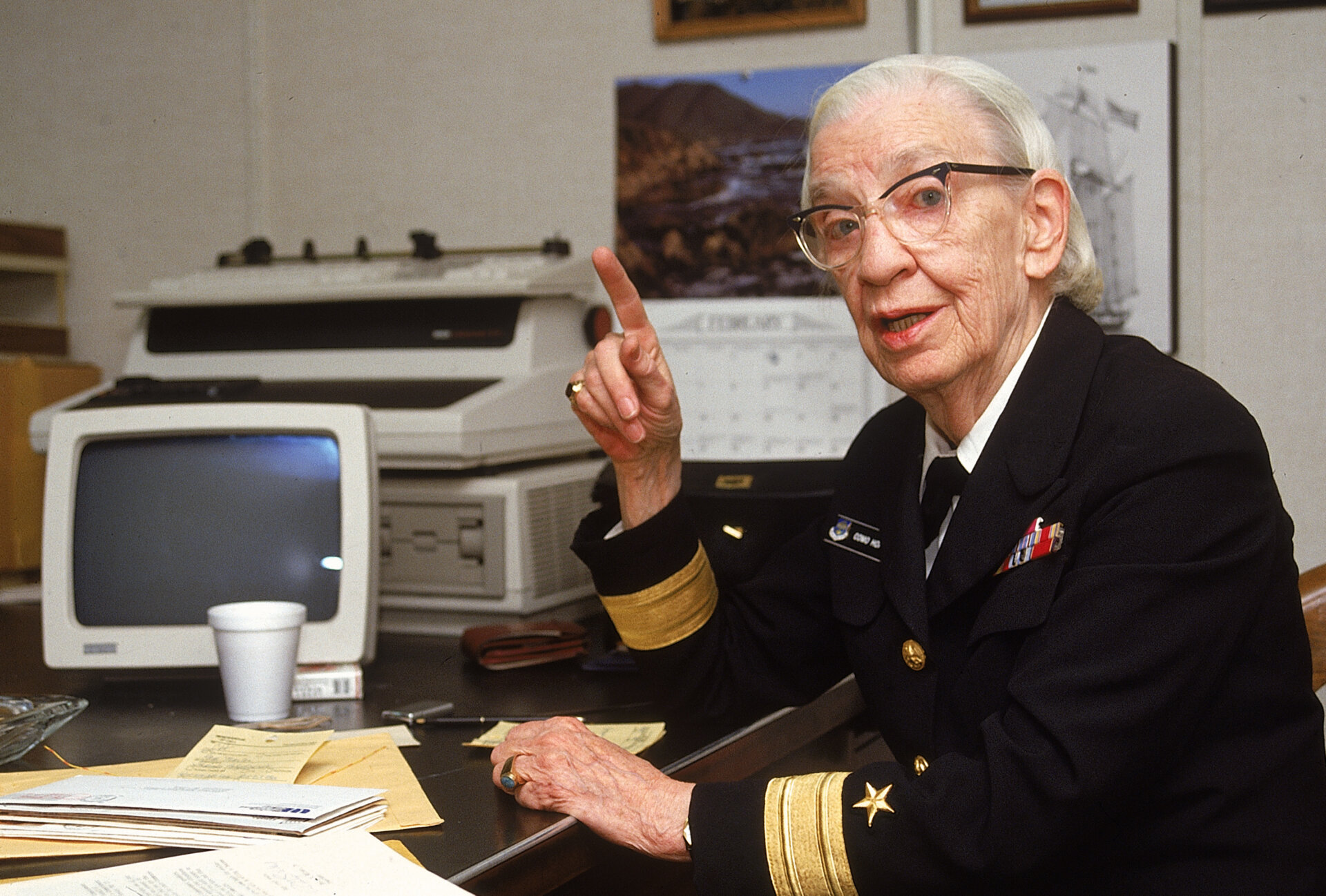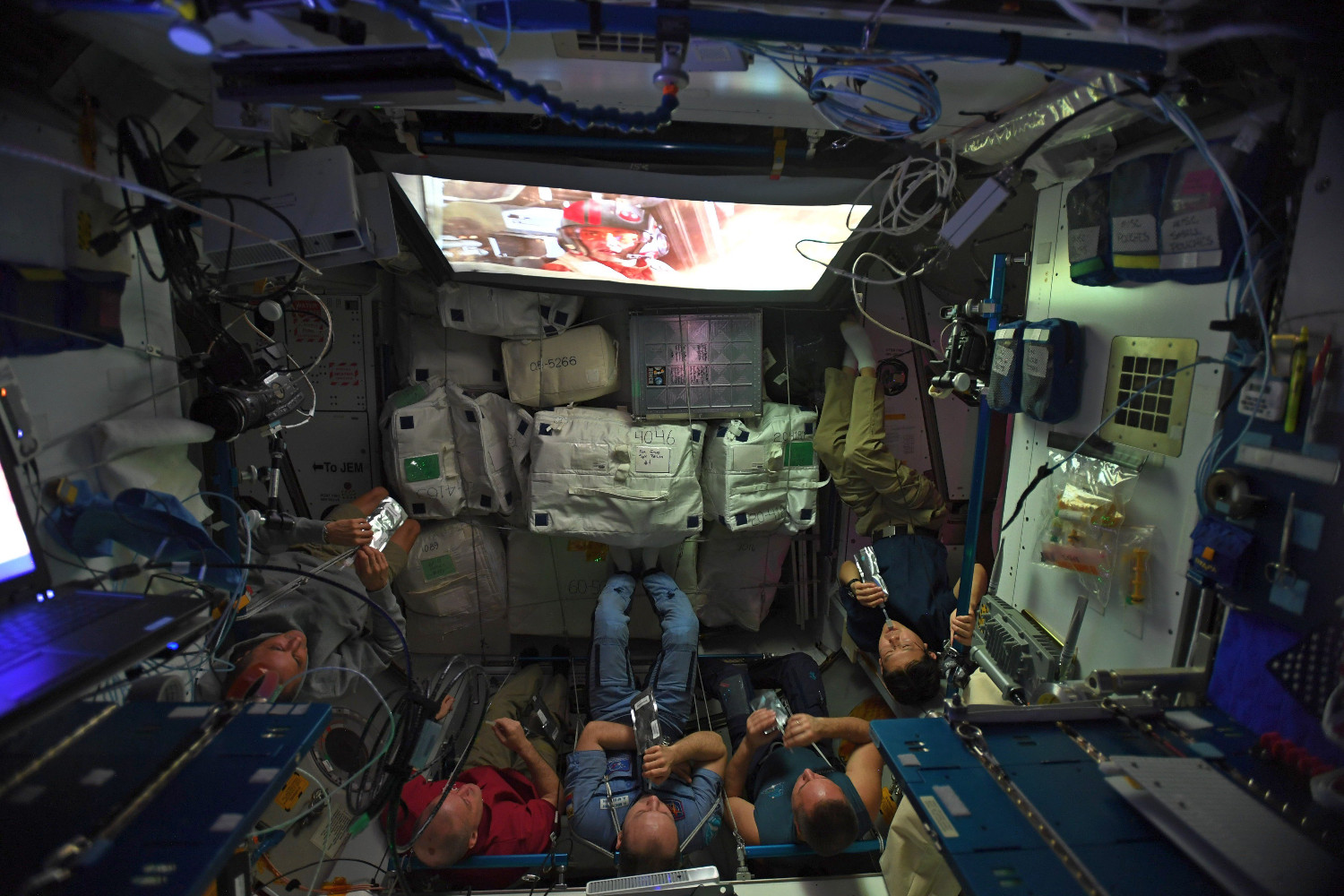There are two reels of old tape buried in the National Security Agency’s archives that contain a landmark piece of computer science history. There’s a problem, though: The NSA doesn’t have a device that can play back the tapes.
The tapes are a recording of a lecture from computer science legend Admiral Grace Hopper. Hopper was a U.S. Navy officer and computer pioneer who helped develop FLOW-MATIC, the first programming language that used English keywords instead of numbers. She later helped develop COBOL, a business-oriented computer language that still undergirds many computer systems.
In 1982, she gave a lecture at the NSA headquarters at Fort Meade. The NSA recorded the lecture and stored it away. “The insights contained within her 1982 lecture, split into two parts—TVC 930A and TVC 930B, with durations of 48 minutes and 15 seconds, and 40 minutes and 39 seconds, respectively—are not just historical footnotes but are likely to offer valuable perspectives on the evolution of technology and its societal impact,” researcher Michael Ravnitzky said in an article about Hopper’s lecture on MuckRock, a nonprofit that helps people file Freedom of Information Act Requests (FOIAs).
Ravnitzky filed a FOIA for the tapes on October 12, 2021. Three years later the NSA said there were “no responsive documents.” Ravnitzky told the NSA he knew the agency had the files. The NSA’s own “Television Center Catalog,” a document turned loose by a FOIA in 2009, listed the tapes among the contents. He pressed them for an explanation.
The NSA’s excuse? It didn’t have anything to play the tapes back, couldn’t listen to them, and therefore couldn’t clear them for release. “When the search was conducted, our office reached out to the organization that would have the tape you requested if it still exists. We were informed that although there are some older video tapes that are potentially responsive, they are on a format that NSA no longer has the ability to view or digitize,” the NSA FOIA office said in a follow-up. “Without being able to view the tapes, NSA has no way to verify their responsiveness. NSA is not required to find or obtain new technology (outdated or current) in order to process a request.”
Ravnitzky asked the NSA for pictures of the tapes and they complied. The pictures revealed the tapes were recorded on an AMPEX 1-inch Video Tape Recorder. There were three different standardized types of AMPEX machines, but it wouldn’t be impossible to find a device that could play back the tapes. A cursory search on eBay revealed dozens of machines that might fit the bill.
It might not come to that. After MuckRock published an article people stepped forward and offered to help. Michael Morisy, the founder and CEO of MuckRock, told Gizmodo that several groups had reached out with “various hardware setups they thought could do the trick.”
“Been trying to connect folks,” he said. “But not sure if anything concrete has or will come of it yet.”
The NSA is holding on to an important piece of computer history, something historians and the public will be interested to hear. Tape, like everything else, degrades over time. If we want to preserve this lecture and hear the wisdom of Admiral Hopper, now is the time to act.
“This challenge transcends the confines of NSA’s operational scope,” Ravnitzky said on MuckRock. “It is our shared obligation to safeguard such pivotal elements of our nation’s history, ensuring they remain within reach of future generations. While the stewardship of these recordings may extend beyond the NSA’s typical purview, they are undeniably a part of America’s national heritage.”














